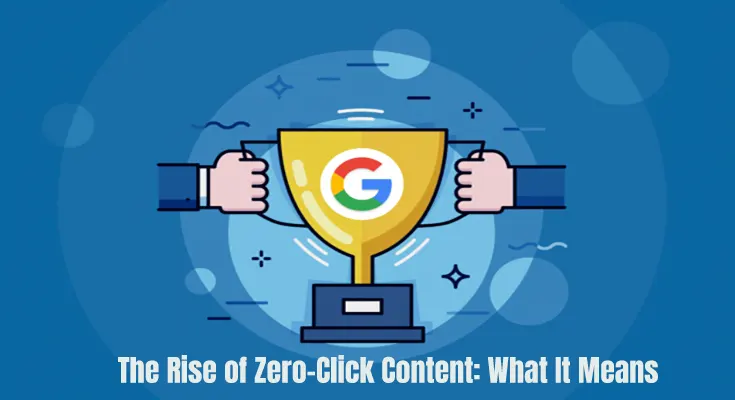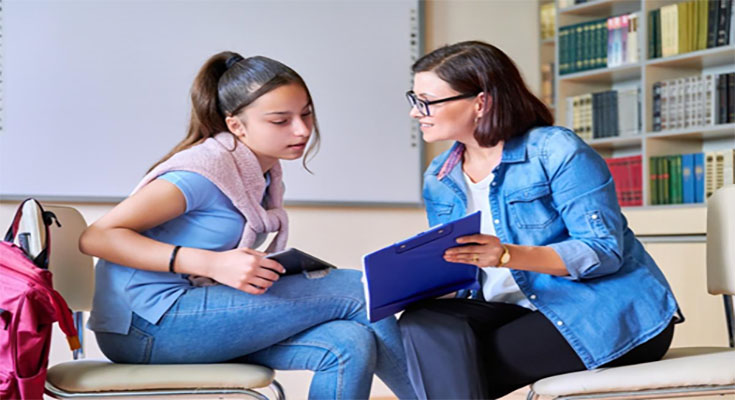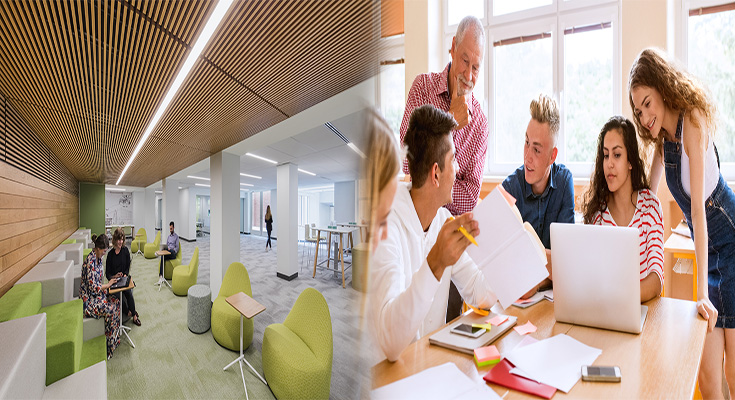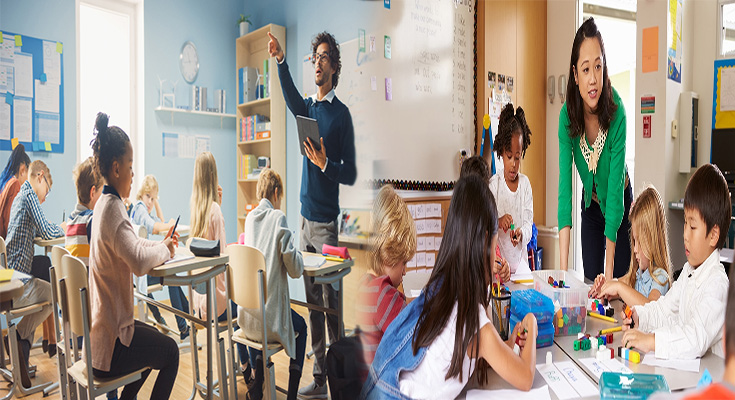
The Rise of Zero-Click Content: What It Means
In the ever-evolving digital world, the way users search, interact, and consume content online has drastically changed. Marketers are no longer only competing for clicks—they’re also competing for visibility and relevance in an ecosystem where zero-click content is becoming more dominant. If you’ve noticed that your blog posts are getting fewer visits despite high impressions, zero-click content might be the reason.
So, what exactly is zero-click content, and why should marketers, content creators and businesses pay close attention to it?
Let’s explore the rise of zero-click content, its impact on digital marketing, and how you can adapt your strategy to thrive in this new landscape.
What is Zero-Click Content?
Zero-click content refers to online content that provides immediate answers to users directly on the search engine results page (SERP) or within a platform, without requiring them to click through to a website. These include featured snippets, Google’s knowledge panels, instant …
The Rise of Zero-Click Content: What It Means Read More




